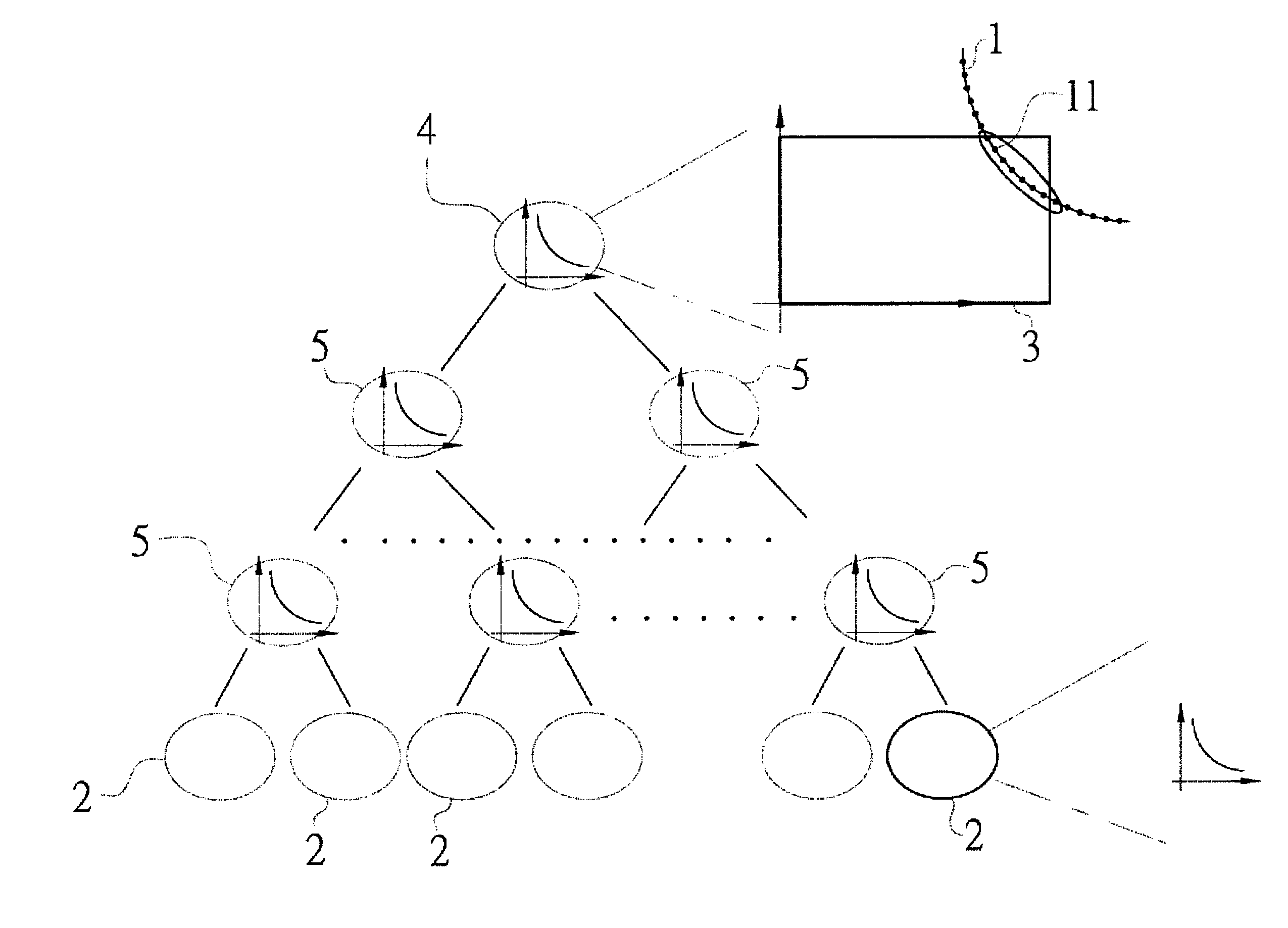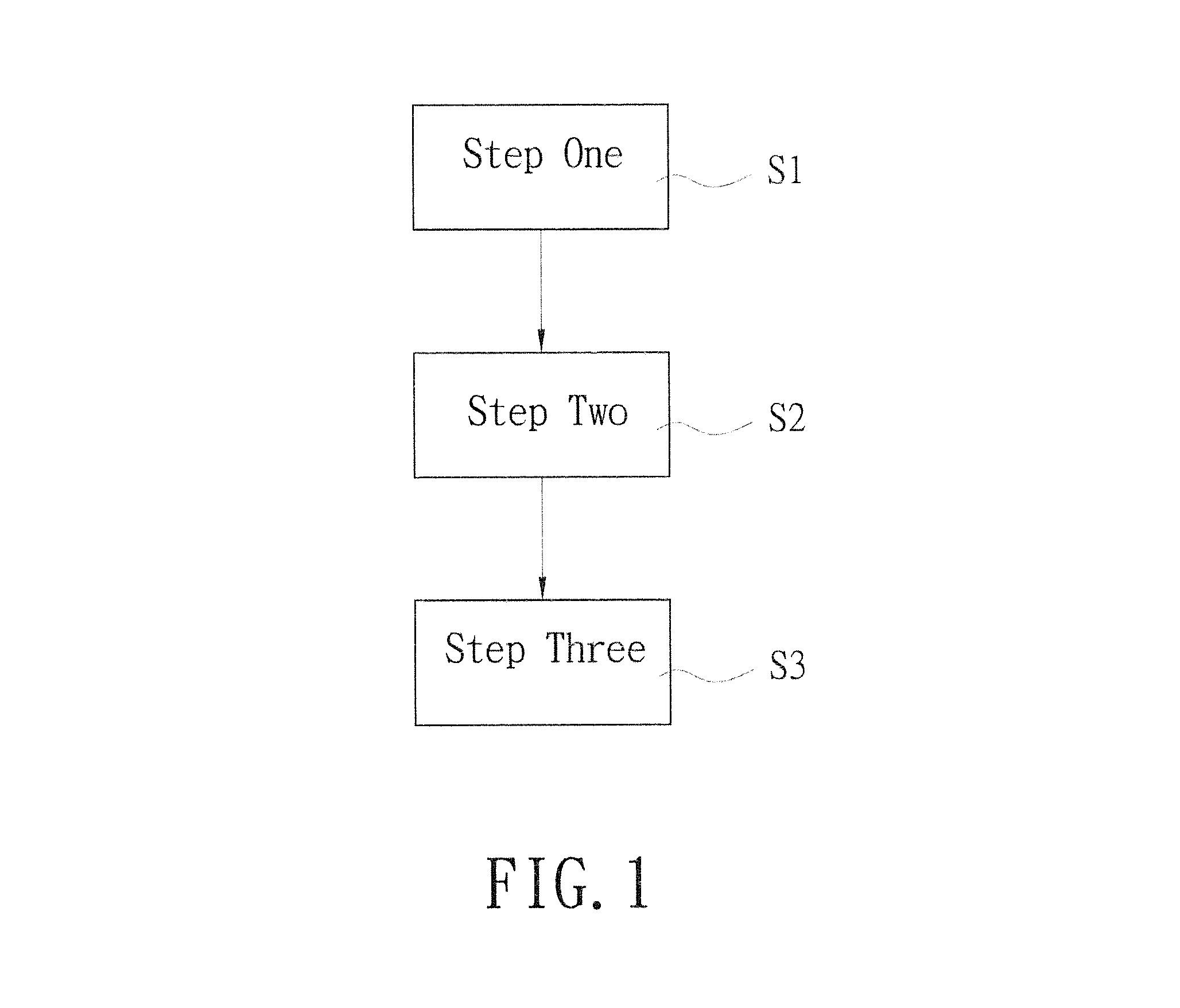Fixed-outline floorplanning approach for mixed-size modules
a floorplaning and mixed-size technology, applied in the direction of multi-objective optimization, program control, instruments, etc., can solve the problems of not only taking longer execution time, not only able to change the aspect ratio, and not only able to achieve full automation in this regard, so as to shorten the design time of ic design flow, enhance chip performance, and save the wire-length of the chip
- Summary
- Abstract
- Description
- Claims
- Application Information
AI Technical Summary
Benefits of technology
Problems solved by technology
Method used
Image
Examples
Embodiment Construction
[0021]First refer to FIG. 1 for a floorplanning approach for mixed-size modules according to the present invention. It handles fixed-outline driven floorplanning for mixed-size circuit modules which include soft modules and hard modules. A hard module usually refers to a customized module which has fixed width and height (e.g. analog circuit modules), and a soft module denotes a digital module with a fixed area, in which the aspect ratio of its outline can be changed arbitrarily within a predefined range. The floorplanning approach includes following steps.
[0022]Step one (S1): evenly distributing circuit modules including hard modules and soft modules over whole chip area, which is called a global distribution stage. The analytical based approach or force directed approach can be applied. The objective of the force directed approach is the curve path with the least consumed energy when optimization of every circuit module placement. The analytical based approach is to compute wire-l...
PUM
 Login to View More
Login to View More Abstract
Description
Claims
Application Information
 Login to View More
Login to View More - R&D
- Intellectual Property
- Life Sciences
- Materials
- Tech Scout
- Unparalleled Data Quality
- Higher Quality Content
- 60% Fewer Hallucinations
Browse by: Latest US Patents, China's latest patents, Technical Efficacy Thesaurus, Application Domain, Technology Topic, Popular Technical Reports.
© 2025 PatSnap. All rights reserved.Legal|Privacy policy|Modern Slavery Act Transparency Statement|Sitemap|About US| Contact US: help@patsnap.com



